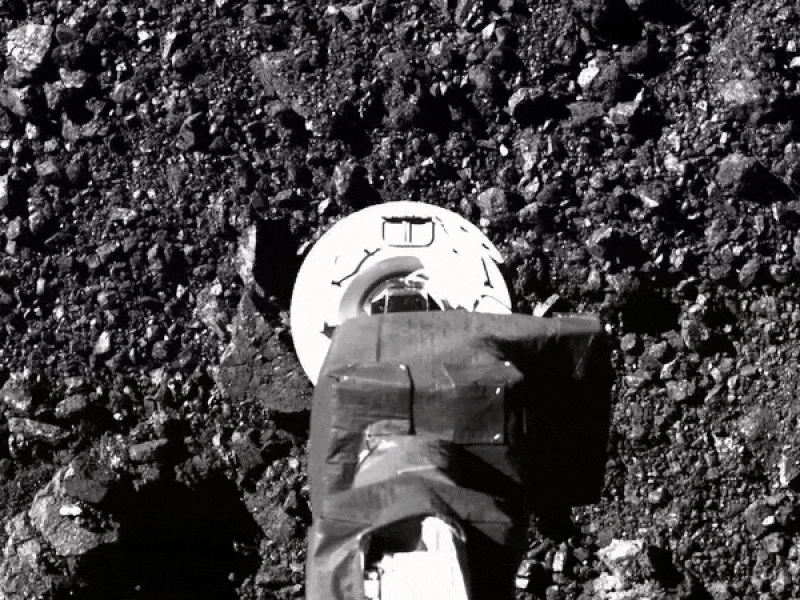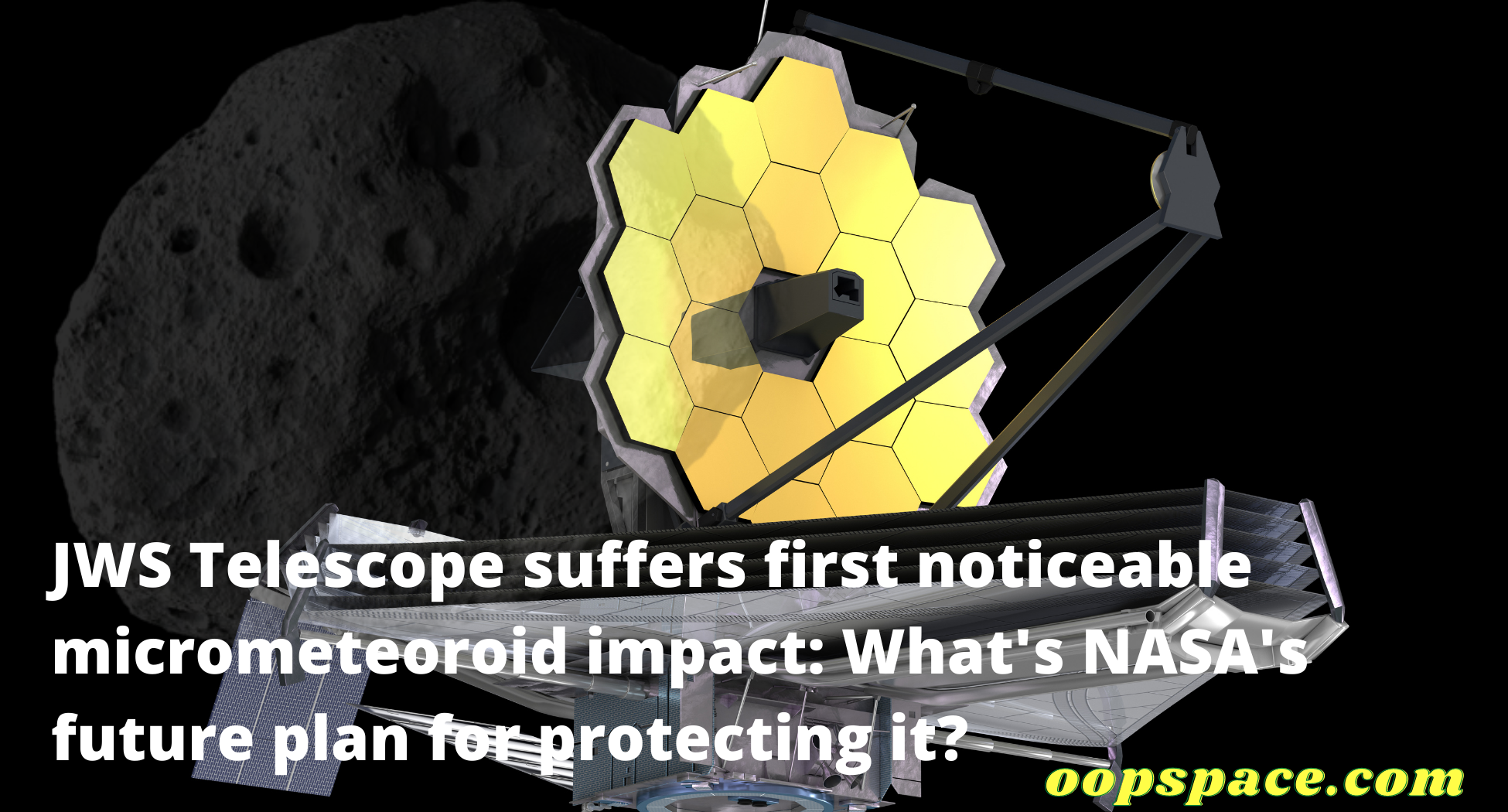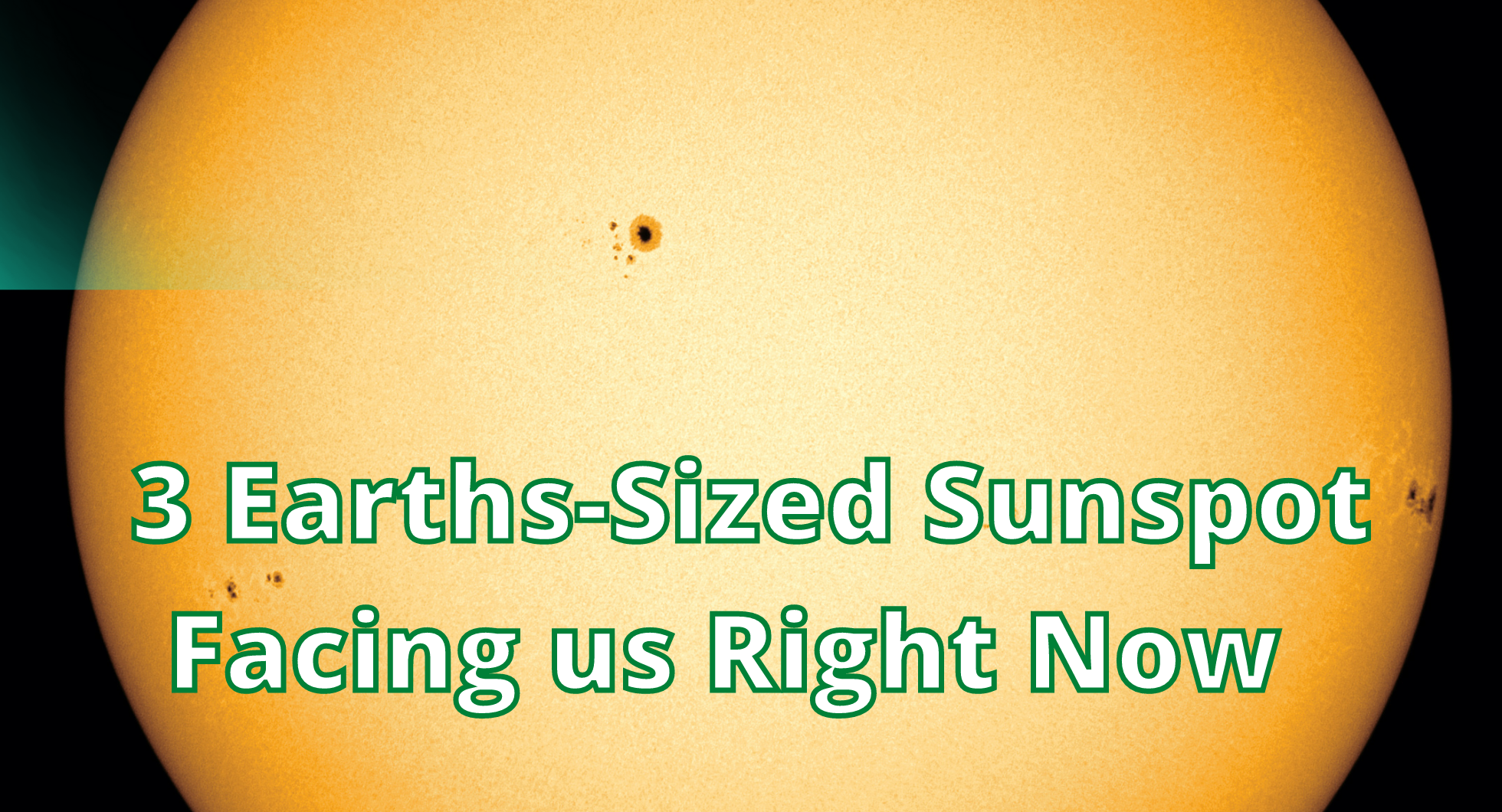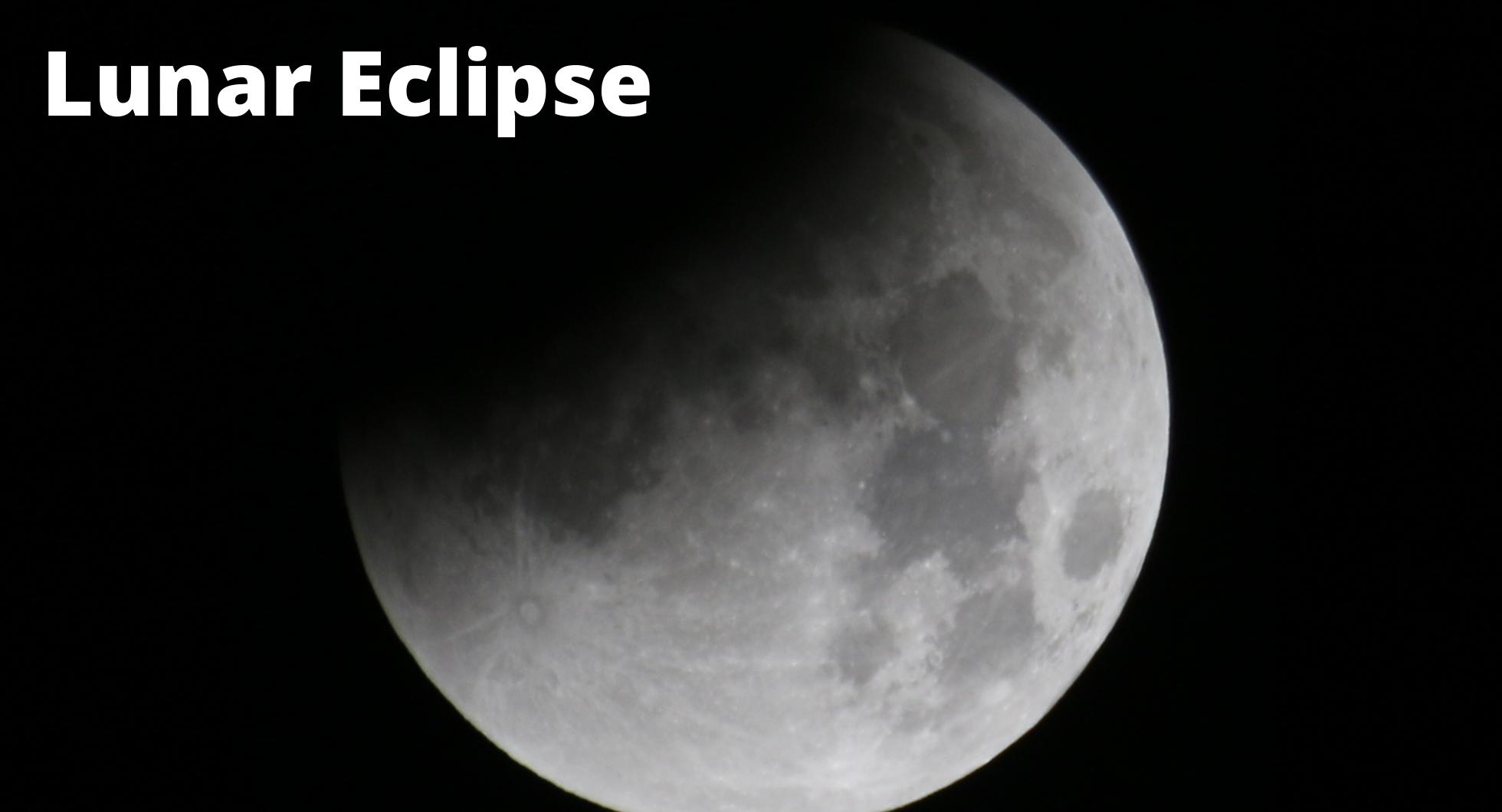OSIRIS-REx spacecraft is expected to deliver first-ever original asteroid samples on Sept. 24
OSIRIS-REx, the first U.S. spacecraft to collect a sample from an asteroid, is heading back to Earth carrying samples from the surface of the near-Earth asteroid Bennu. Launched on September 8, 2016, the spacecraft is on its way to deliver its samples to Earth, with the anticipated arrival date set for September 24.
The Origins, Spectral Interpretation, Resource Identification, Security-Regolith Explorer (OSIRIS-REx) mission, managed by NASA GSFC in collaboration with the University of Arizona, was designed to explore on the formation of the solar system and the origins of life. Its primary goal was to collect a sample weighing at least 2.1 ounces (59.5 grams) from Bennu (formerly known as 1999 RQ36), a near-Earth asteroid with a rocky surface.
OSIRIS-REx achieved its main objective on October 20, 2020, when it successfully conducted a “Touch-And-Go” maneuver to collect dust and pebbles from Bennu’s surface. The mission team confirmed that the spacecraft had collected more than enough material to meet its requirements.

The spacecraft then bid farewell to Bennu on April 7, 2021, and headed back to Earth. The journey included a critical burn that set it on a 2.5-year cruise towards our planet. Now, after orbiting the Sun twice, OSIRIS-REx is on the verge of completing the task.
Upon reentry, the sample capsule containing pieces of Bennu will separate from the main spacecraft and parachute down to the Utah Test and Training Range in Utah’s West Desert.
The mission was officially extended in April 2022, with a new name – OSIRIS-APEX (OSIRIS-APophis EXplorer). The extended mission includes exploring asteroid Apophis, another asteroid roughly 1,200 feet (about 370 meters) in diameter.
Apophis is a potentially hazardous near-earth asteroid with a diameter of 370 metres. Astronomers have expected to pass the asteroid within 20,000 miles (32,000 kilometers) of Earth in 2029, providing them a better opportunity for a close-up study.
Apophis caused a brief period of concern in December 2004 when initial observations indicated a probability up to 2.7% that it would hit Earth on April 13, 2029. OSIRIS-APEX will examine changes in Apophis caused by its Earth flyby and attempt to dislodge and study dust and small rocks from the asteroid’s surface.
Click this video for live coverage by NASA:


